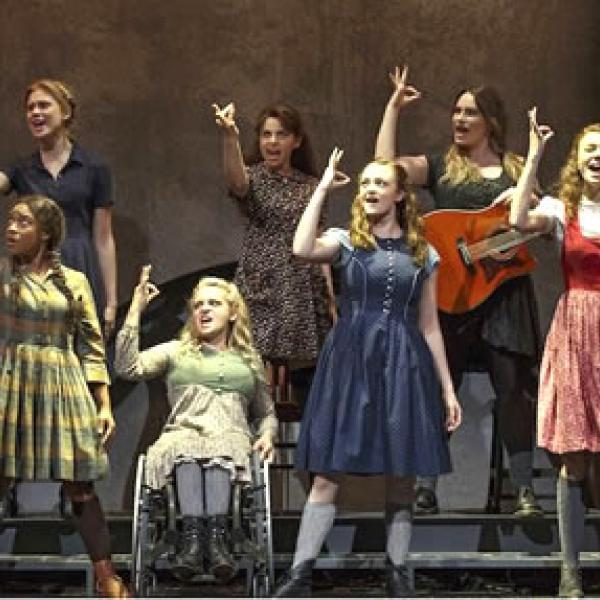
Bringing Art to Everyone: NEA’s Commitment to Accessibility
The National Endowment for the Arts (NEA) has long been a beacon of cultural enrichment in the United States. Through its Accessibility Programs, the NEA ensures that people of all abilities, including the deaf community and ASL users, can fully participate in and enjoy the arts. But how exactly does the NEA make this possible? This newsletter delves into the initiatives and strategies the NEA employs to break down barriers in the arts.
The NEA’s Mission: Accessibility as a Core Value
Ensuring Equal Access to the Arts
The NEA is dedicated to making the arts accessible to everyone, recognizing that creativity and cultural expression are universal rights. Central to this mission is the inclusion of individuals with disabilities, particularly those who communicate through American Sign Language (ASL). The NEA’s Accessibility Programs are designed to foster an inclusive environment where deaf individuals can experience and engage with artistic works on equal footing with others.
Core Initiatives for ASL Inclusion
The NEA’s accessibility initiatives involve several key components that address the needs of ASL users:
-
Funding for Accessible Projects
The NEA provides grants to arts organizations that prioritize accessibility. This funding often supports the hiring of ASL interpreters, the creation of visual and sensory-friendly experiences, and the development of inclusive programming. -
Accessibility Coordinator Network
Each state and regional arts agency partners with the NEA to appoint Accessibility Coordinators. These individuals are tasked with helping arts organizations implement accessibility strategies, including ASL services. -
Training and Technical Assistance
Through workshops, webinars, and resource guides, the NEA equips arts administrators with the tools to create inclusive experiences. Training sessions often emphasize the importance of ASL interpretation at events and performances. -
Creative Access Grants
Creative Access grants specifically fund projects that focus on innovative ways to include people with disabilities. This includes theater productions with ASL-integrated performances, art exhibits with ASL-guided tours, and more.
The Impact of NEA Accessibility Programs on the Deaf Community
Transforming the Artistic Landscape
The NEA’s commitment to accessibility has tangible effects on both individual participants and the broader arts ecosystem:
-
Increased Representation
By incorporating ASL into performances and exhibitions, the NEA promotes the visibility of deaf culture and language in the mainstream arts world. This helps foster greater understanding and appreciation of ASL among hearing audiences. -
Empowerment Through Participation
Deaf artists and audiences feel empowered when they can fully engage in cultural events. NEA-funded projects often feature deaf performers, creators, and storytellers, providing a platform for their unique perspectives. -
Community Engagement
Inclusive arts initiatives foster a sense of belonging within the deaf community. Events that include ASL interpretation and other accommodations draw diverse audiences and create opportunities for community-building.
How Can Arts Organizations Get Involved?
Applying for NEA Grants
Arts organizations interested in making their programs more accessible can apply for NEA grants. The application process emphasizes the importance of thoughtful planning and collaboration with accessibility experts.
Best Practices for Accessibility
- Consult with Deaf Community Members: Engaging directly with ASL users ensures that programs meet their needs.
- Invest in Training: Staff training on disability awareness and cultural competency is essential.
- Promote Inclusivity: Marketing materials should highlight accessibility features, including ASL interpretation, to attract diverse audiences.
How Can the NEA Accessibility Programs Further Bridge the Gap for ASL Users in the Arts?
A Vision of Inclusive Art for All
The NEA’s Accessibility Programs are a testament to the power of inclusivity. By funding and supporting projects that integrate ASL, the NEA not only enriches the cultural landscape but also affirms the value of every individual’s creative voice. As more organizations embrace these principles, the arts will continue to evolve into a truly inclusive space where everyone can thrive.
The Art of Inclusion: How the NEA Accessibility Programs Champion ASL Users. Language Solutions Team is here to help with your project 🌍. Feel free to contact us at any time, We are glad to assist you 🤓


